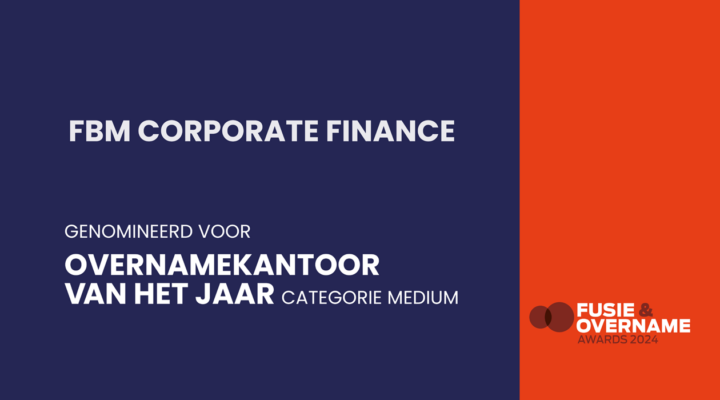When we look at the value of a company based on “multiples” of recent transactions of comparable companies, we speak of a market-based business valuation that accrues to equity providers. Because this involves a comparison with previous transactions in the market for comparable companies, we also call this a relative valuation methodology. The tricky part is that you often cannot compare companies as if they are the same. With the market approach you miss the context of the transaction; think of business model, financials, dependency of the entrepreneur, etc.
Multiples
The term “multiple” refers to the multiplier (X) used in simple formulas to express a company’s market value. For example, a commonly used multiple is X times EBITDA, where EBITDA stands for: Earnings Before Interest Tax, Depreciation & Amortization. One danger in using multiples is to find good comparable transactions. For example, market multiples are specific by sub-sector, company size and region and do not give a good view on specific risks and opportunities of the valuation object. Good reference material is therefore often only available from specialized acquisition advisors.
Enterprise Value
For example, if there is an average multiple for transportation companies of 5 X Ebitda, you still have no idea which companies were sold for this multiple. Were these all DAF dealers? How much revenue did they have? How many employees did they employ? Was it road transport and what did they transport? Did the transport take place only in NL or was it international? Did they have their own warehousing or did they outsource it? What were the value drivers? Was it a financial or strategic party who bought the shares? The preceding questions provide the nuance needed to understand an enterprise value and a bid.
Shareholder value
In addition, multiples are widely used by acquisition advisors to communicate the transaction price during negotiations. The multiple is used to express the enterprise value. The enterprise value is corrected for outstanding debts (debt), available excess liquidity (cash) and should there be a normal working capital level in the company per effective date to arrive at the shareholder value. Here we go into a little more detail.
Contact our certified valuators for more information.
What is my business worth?
Many business owners have some idea of what their business should be worth. Often based on key figures circulating for the industry.
But in practice, time and again we find that a thorough business valuation leads to a quite different value. In this paper we distinguish the business approach and the market approach. We go into more detail about the various aspects involved.







